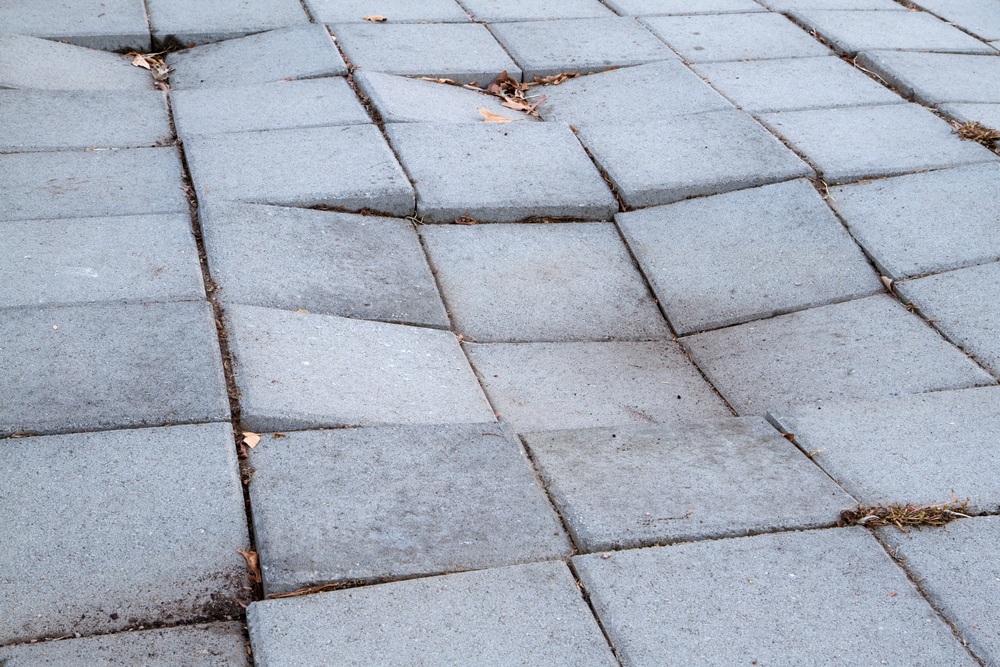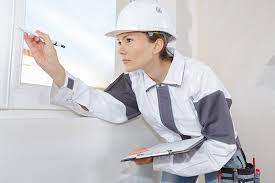
All across America there are concrete slabs slowly sinking into the soil below. Some of these slabs will eventually be torn up and replaced. Others will be repaired by way of a slab raising procedure that lifts the concrete back into place by injecting a pressurized aggregate into the soil underneath.
Slab raising has been around for the better part of 100 years. It is old technology that is now enjoying a resurgence thanks to consumers being educated by companies like Salt Lake City’s Concrete Raising Company. Contractors are helping property owners understand that this form of slab repair is effective, safe, and considerably less costly than replacement.
A good way to explain slab raising to the uninitiated is to compare it to a chiropractic procedure. Though the analogy does break down in some ways, it is effective enough to illustrate the basic concepts of slab raising.
A Structural Adjustment
Chiropractic is a form of medicine that seeks to restore health by properly aligning the spine or otherwise manipulating the musculoskeletal system. As the thinking goes, the body relies on properly aligned spine and joints to function normally. It is thought that addressing misalignments can be helpful in treating a variety of maladies.
In the world of concrete slab repair, things like sinking and cracking can often be directly attributed to a lack of structural support. Like the spine supports the body, compacted soil supports concrete. If that soil starts to give way, the concrete will sink. Sometimes the sinking will only be slight, yet still enough to cause a slab to crack.
Slab raising does for sinking concrete what a chiropractic adjustment does for the spine. It improves support and restores the concrete to its natural position. Best of all, your average slab repair procedure can be completed just as easily as a typical chiropractic procedure.
How They Do It
So, how do contractors perform a slab raising procedure? We can use the Concrete Raising Company as an example. Imagine they get a call from a local Salt Lake City homeowner whose backyard patio is sinking on one side.
The first thing technicians do is inspect the slab to figure out where all of the sinking is occurring. It might be just one location. Then again, there could be multiple locations. Once all the locations have been identified, the next step is to drill.
Technicians drill holes in the slab where it is sinking. The holes are just big enough to accommodate hoses carrying an aggregate mixture that gets pumped into the soil underneath. This aggregate mixture is key in that it replaces lost soil to provide a solid surface that will support the concrete above.
The aggregate mixture is pumped into the soil under pressure. As it fills the void, it begins raising the concrete back to its original position. Technicians will continue pumping the material until the concrete is again level. Then the hoses are removed, and the holes filled and sealed. Below the surface, the aggregate mixture cures and hardens.
Safe and Long-Lasting
A homeowner might not consider slab raising out of fears that it is not safe. There is no foundation (pardon the pun) to these fears as slab raising is as safe for concrete as chiropractic is for patients with back issues. It is also a long-lasting solution to a quite common problem.
Remember that the mixture injected underneath sinking concrete gets as hard as rock when fully cured. It will provide more than enough support for the slab that sits on it. And now you know why slab raising is like chiropractic for concrete.










